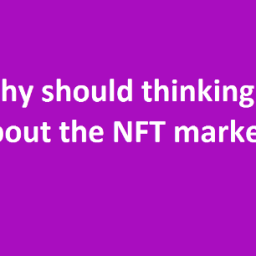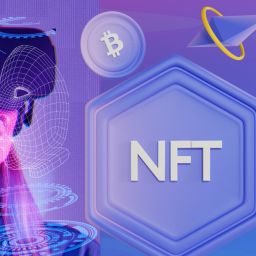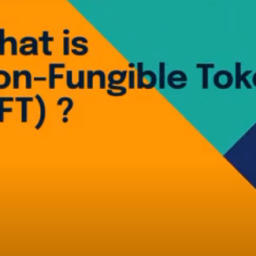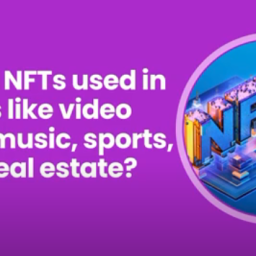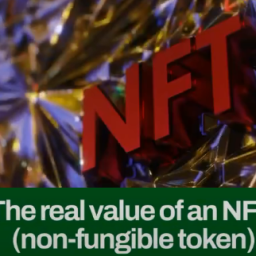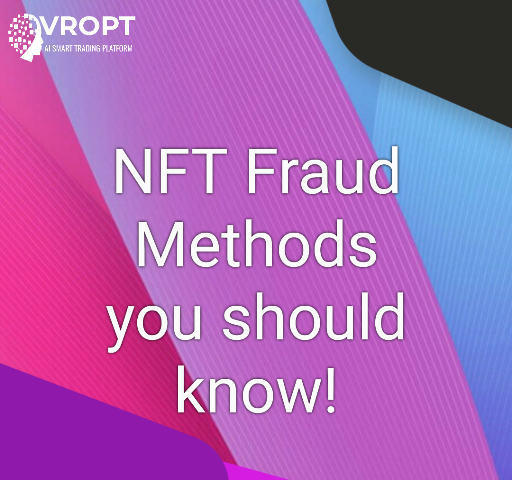
NFT fraud methods you should know:
Fraud in NFT is one of the issues that has been challenged by the ever-expanding NFT market and increasing attention to this technology. As a new form of digital asset, NFT or “Non-Fungible Tokens” have provided artists with the ability to transfer and trade, But due to the lack of complete transparency and inadequate supervision, some notorious people use this opportunity to commit frauds and illegal activities.
So far, more than 26 million dollars of NFTs have been stolen; Of course, with NFT booming, it’s no surprise that fraudsters are looking to get their hands on the free version; therefore, they don’t spare any effort and daily they trap many artists in their scams. But we have good news for you; By knowing the most common NFT scams, you can stay one step ahead of scammers and protect your valuable assets.
NFT fraudsters use a variety of methods to defraud and deceive people, including creating fake NFTs, selling stolen NFTs, sending deceptive and social messages, and modifying insecure smart contracts. This fraudulent operation can lead to great financial and credit losses for the intended person. Join us to learn more about these scams.
- NFT fraud through auctions and tenders
One of the other tricks of the thieves is to use fraud and send lower amounts to take possession of users’ valuable tokens. This type of fraud often occurs in secondary NFT markets. Imagine you have a special and expensive NFT and you want to sell it based on the highest price in these markets. In the meantime, some profit seekers who are eager to take over your property will offer a high price to make you eager to trade. They will transfer smaller amounts to your account by changing the payment unit and you will transfer the asset assuming that the desired amount has been approved.
You may wonder how such a thing is possible. Since some markets allow users to trade with multiple currencies, it is possible that fraudsters will cleverly use this feature to deposit 1 Tether instead of 1 Ethereum. The important thing about these scams is that users should be careful about currency units; otherwise, they may incur huge losses.
- Using the pump and dump technique
There is another technique that fraudsters do in a clever way; Of course, this method has already passed its test in digital currency projects! This is nothing but a pump and dump of the price of an NFT. Fraudsters use two general forms for this. In the first method, they try to make a certain NFT or a collection of non-equivalent tokens appear higher than its real value by creating controversy and noise in social networks and sell it at a price higher than its reasonable limit. They try to show in every way that these special works are extremely valuable and should not be missed!
Of course, there is a different approach and that is negative publicity about a valuable collection. Fraudsters try to make users pessimistic about a project by creating a toxic and negative atmosphere, so that they can find the necessary opportunity to buy at low levels by reducing prices. But the second method, which is somewhat similar to the first method, is done by creating user accounts in peerless token markets. By creating fake accounts, scammers try to announce a huge wave of high or low prices for the desired NFT to confuse buyers.
Meanwhile, there are always some people who act hastily and go along with the created atmosphere. Ultimately, it is the fraudsters who line their pockets by buying a valuable token at a low price or selling NFTs at a value far greater than their true value.
- How to watch out for pump and dump scams?
By knowing the warning signs, you can avoid pump and dump scams; For example, if you see a sudden increase in the price of an NFT with no news or announcement to explain it, be careful. Also, beware of any group or individual promoting an NFT without providing real information about the project.
If you decide to invest in an NFT that is being advertised, do your research first and only invest because you trust the project, not because someone suggested it to you.
- Rug-Pull
Rug-Pull is a type of NFT scam in which the developers of an NFT attempt to attract investors with large Internet advertisements and then suddenly withdraw from the project after attracting a significant amount of funds. These fraudulent developers often use social media to build trust and hype about their NFT and wait for investors to deposit their funds into them, then shut down the project altogether and disappear with the funds.
This scheme takes advantage of the lack of regulation in the crypto space, misinformation, unethical sales techniques and investor FOMO (fear of missing out). The difference is that pump and dump schemes usually operate on a shorter time frame, focus on the price performance of low-value tokens, and do not require the involvement of token developers.
One of the classic NFT rag money scams was the Frosties NFT scam run by two 20-year-olds. They introduced their NFT to the public with a lot of promises, including special rewards and discounts on a metaverse game. However, after investors paid more than $1.3 million for the NFT, they blocked their website and social media accounts and fled.
- Phishing Scams
Phishing scammers seek to gain access to users’ private information and the accounts where they keep their valuable NFT tokens. Malicious actors install malware on a user’s device by sending a text message, email, or directing the user through an advertising message on a website.
Without knowing that a spy program is extracting information in the background of his computer, the user continues with his daily affairs, unaware that hackers are receiving his logs, passwords and personal information. After the desired information is received by the fraudsters, they empty the person’s account at a convenient time and their digital assets are transferred to other accounts, which are often irreversible.
- How to watch out for phishing scams?
You can avoid phishing scams by being vigilant and doing your research. If you receive a message from the NFT project that you don’t expect, be careful. Always make sure the website or social media account is legitimate before entering personal information or posting assets. If you are not sure whether an account or website is real, you can contact the project team directly to verify.
- NFT scams and fake airdrops
Airdrops are when a project team gives free tokens or NFTs to their community. They are often used as a marketing tool to generate publicity about a new project. However, scammers have created fake airdrops to trick people into sending them NFTs.
For example, a fraudster might create a fake social media account for an NFT project, and send messages about free NFTs. Anyone who clicks on the link will be redirected to the website to connect to the wallet. Once this is done, the fraudsters will gain access to your assets and steal them.
- How to watch out for fake airdrops?
The most important thing to remember is not to participate in random airdrops. Just because someone offers you a free token or NFT doesn’t mean it’s legit. If you want to participate in an airdrop, do your research on the project team and the airdrop campaign.
Also, make sure you only connect your wallet to official websites. You can do this by checking if the website has a valid SSL certificate and if the website is listed on the project’s official social media and main websites. Never enter your sensitive information such as private words for airdrop or other reasons and do not give it to anyone.
- Ponzi scheme
Another NFT scam is a Ponzi scheme. This scheme is a fraudulent investment operation where the operator creates profits for older investors by using the money of new investors. Ponzi schemes usually involve high returns and no risk. They often use marketing techniques to attract new investors, such as social media posts or online ads.
Ponzi schemes can be run with any investment, including NFTs. For example, a scammer might create an NFT project and promise investors huge returns in a short period of time. They may even offer to buy NFTs at a higher price after a certain period of time. However, the scammer does not intend to keep these promises. They use money from new investors to pay old investors and give the appearance of a successful investment.
Eventually, they collapse when there aren’t enough new investors to keep the plan going. This leaves most of the people who invested in the scheme out of money.
- How to watch out for a Ponzi scheme?
You can avoid Ponzi schemes by being careful and doing your research. If someone promises you high returns with no risk, it’s probably a scam. Always check if the team is legit and if the project is registered with the proper authorities before investing.
These are just some of the NFT scams in the NFT and Blockchain world. There are also many other scams, because as time passes, scammers become more creative and find new ways to scam people.


